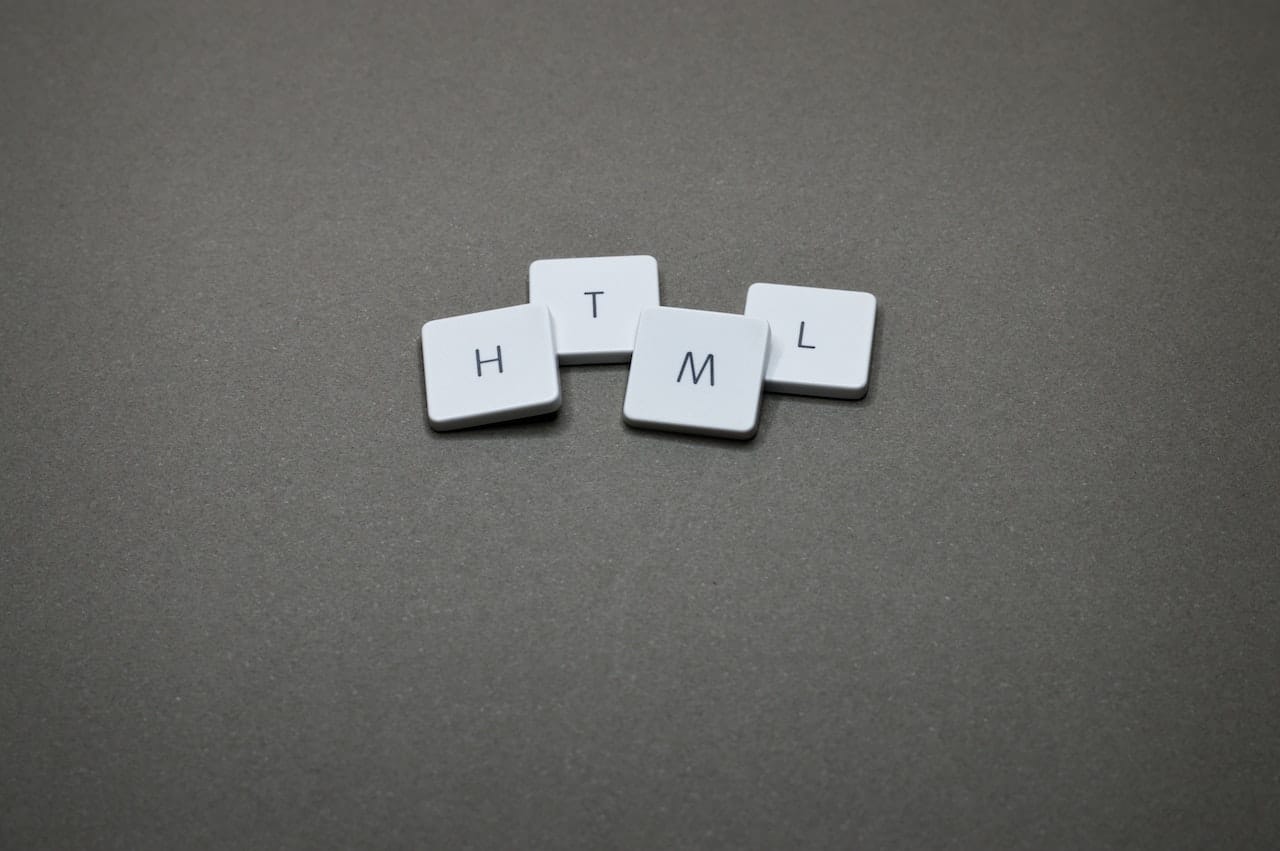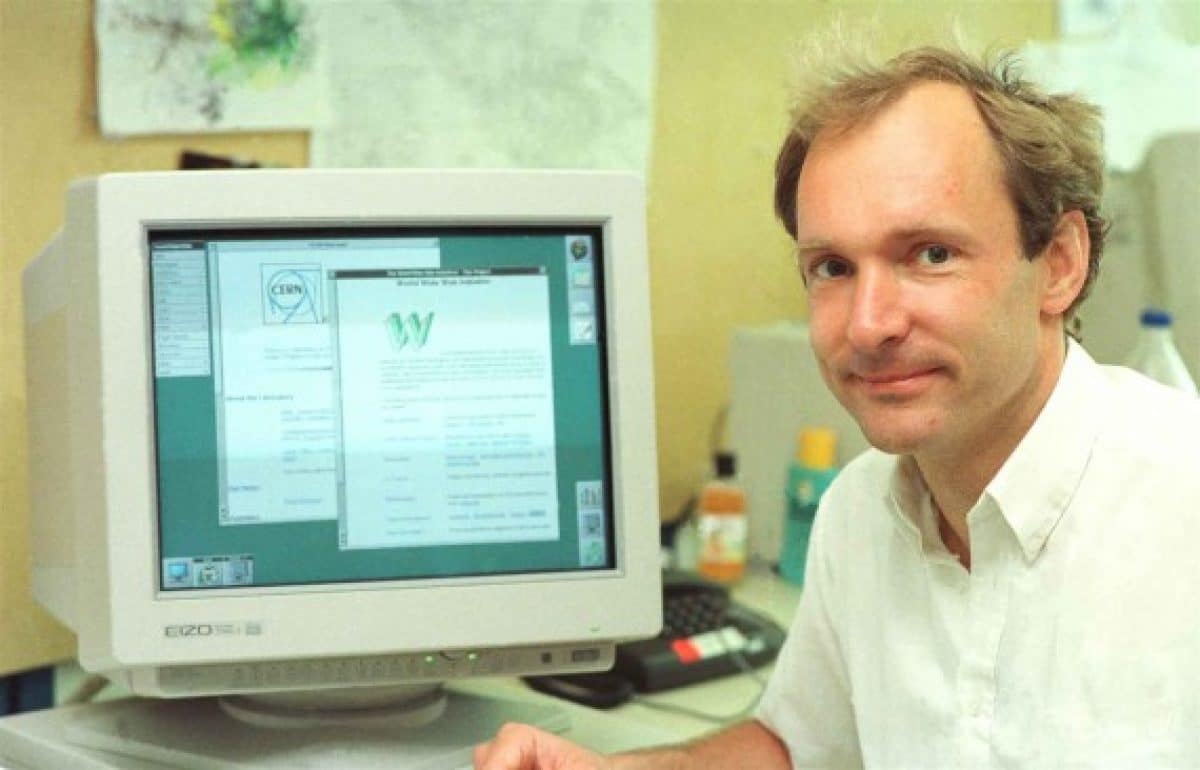
When we talk about HTML code, surely many of you think of a language that is used to structure the information that is provided to us when we enter a browser or a web page. But this does not end here, to better understand what HTML is and what it is for, we must delve much further into the subject.
This code that we are going to talk about is the fundamental basis of web development. Every time we browse the different pages, HTML is more than present in all of them, whether it is a fashion page or a personal blog. If you are interested in learning more about this topic, grab a pen and paper and we will start.
What is HTML code and what is it used for?

As we have indicated at the beginning of this publication, HTML is a language with which we can define the contents of our web page. In Spanish, the acronym corresponds to the definition of Hypertext Markup Language. That is, a series of labels that our browser is capable of interpreting and with which we can define our texts and other types of aspects that will be part of the web page, images, graphics, etc.
This language that we speak It has the function of describing the structure that a page follows and also helps us organize the way in which they are going to be displayed.. In addition to all this, HTML will allow you to include different redirected links to other types of pages or even documents.
It is not a programming language, because it does not fulfill certain arithmetic functions. So we can point out that its main function is to be able to create static web pages. It is very useful since, by combining it with another type of programming language, you can obtain the most dynamic pages, like many of the ones we visit every day.
A bit of HTML history

graffica.info
This language was born in 1980 when Tim Berners-Lee, a scientist, presented the idea of a new hypertext system.. She was based on the need to be able to share documents and files. In this publication that talks about HTML, a total of 22 tags are described that taught an initial and simple design of what this language was.
Currently, several of these labels that were mentioned years ago are still maintained, compared to others that have been left aside and others that have been added over time. From what we can point out, that throughout its history there have been different versions of HTML.
Let us remember that this type of language can only be processed through a browser like the ones we are currently using on this website to read said publication.
Label types

One of the things that we have pointed out in the previous section is that the HTML language is made up of different tags. These labels for those who do not know, they are a kind of text fragments protected by brackets or braces whose objective is to write said code.
these labels, They are usually delimited by what we know in parentheses in tip <>, that is;. These are used to describe what you want to appear on the web, in terms of appearance.
In HTML, andwe find that a large variety of different labels are defined. Depending on the use that is going to be given to it, we will see some of them below.
- opening tag: are the ones used at the beginning of the pages. It tells us where a certain element begins or ends. The name of the element must go between the pointed parentheses.
- closing tags: the same as in the previous case, but these indicate the end of an element. They differ mainly in the way it is written, since a diagonal line appears.
- title tags: They will indicate that what is placed next is the title of our page.
- body labels: in this case, we are talking about the tags that indicate the part of the body of the text, that is, the blocks of text followed.
- header tag: as its name reveals, it is a label that indicates the title or header of our page.
- subtitle tag: in this case we are talking about level 2 subtitles.
- paragraph tag: they are the ones that are used to make our text appear in a line in a grouped way.
- Lower Section Label: Points to the bottom of a text. It can be identified with the conclusion or with the final part of the page where the contact information or social networks appear.
- Upper section label: we refer to the top of a text or a header on the page.
- bold label: as we all know, they are in charge of highlighting some element that encloses our text.
- italic labels: similar to the previous case, but here what is indicated in italics appears.
- image tag: is the one we use when we want to insert an image on our page.
- link tags: if we want to add links anywhere on our website, we must add this tag.
These are some of the main tags used in the HTML language. For each tag that we open, we must remember that we must close it, otherwise we will not have correctly included said tag. Doing it the right way will achieve a well-structured HTML language. A badly written code can generate errors in the creation of the page. In addition, the browser does not recognize it and we are shown a blank screen or the page is directly displayed as it is.
Now that you know what HTML is, what it is for and some of its most basic tags, you have an understanding of the basic structure of this language we are talking about. Once you know this, we encourage you to use the different labels that we have named and add new ones, to build and practice what you have learned.